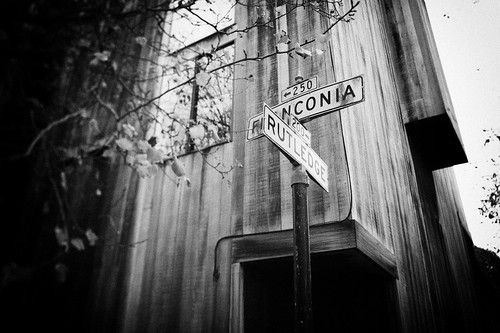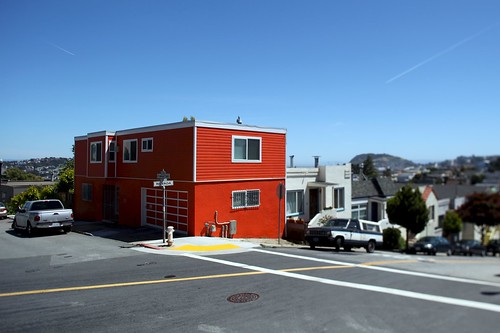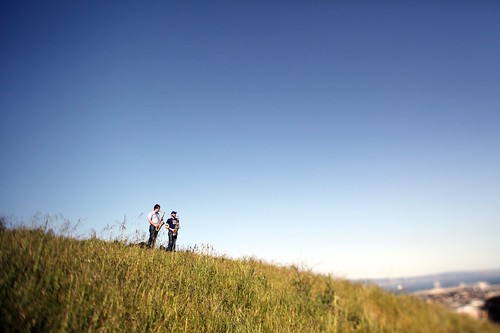This slide deck from a Google UX Researcher is long but can be flipped through easily enough: http://www.slideshare.net/padday/the-real-life-social-network-v2. I think it's worthwhile. It's got lots to say, and thoughts to provoke, about networks of people in general (social or otherwise).
Just one of many amazing stats from the deck: just four callees account for 80% of the average phone user's calls. It's interesting that attention is paid to the phone call network; back in 2002 a colleague and I at Qwest were looking into precisely how calling records might be mined for social inference, ultimately to deliver more intelligent telephony products. Still today I think this is an enormous unexplored area for carriers.
The presentation is pretty silent on one important element of people networks, though: it covers the idea of disjoint subnetworks but not how interaction behaviors derive from the substance of the connections (social, professional, familial, theme-based, and so on). Ade's post (Ade's another Googler) at http://blog.oshineye.com/2010/06/spectrum-of-networks.html proposes a spectrum but he conflates the concepts of network behavior (eg. conversation) with network substance (eg. social). Conversation is one of the activities which may emerge on, or be enabled by, one network or another; but I don't think that conversation defines a network to an extent that calling it a "conversational network" makes sense.
The topic in general is deep and not fully understood. Something we know is that autosharing a YouTube video on Twitter results on average in five times as many incremental views as autosharing that same video on Facebook. Why? One hypothesis is that a user's followers on Twitter are typically following that user because of a shared taste for content, whereas a social connection on Facebook conveys comparatively less "mutual interest" information. This is a property of interest-based graphs versus social graphs, and it's highly relevant when studying how information propagates through a network of people.
You can imagine that "how information is shared through people networks" is something which is very interesting to developers and publishers of content, whose existences depend on their reach and resonance. I'm lucky enough to be working (for Twitter) with a number of publishers with a desire to understand networks of people and how they help in the distribution of information. I expect many interesting discoveries on the way.





